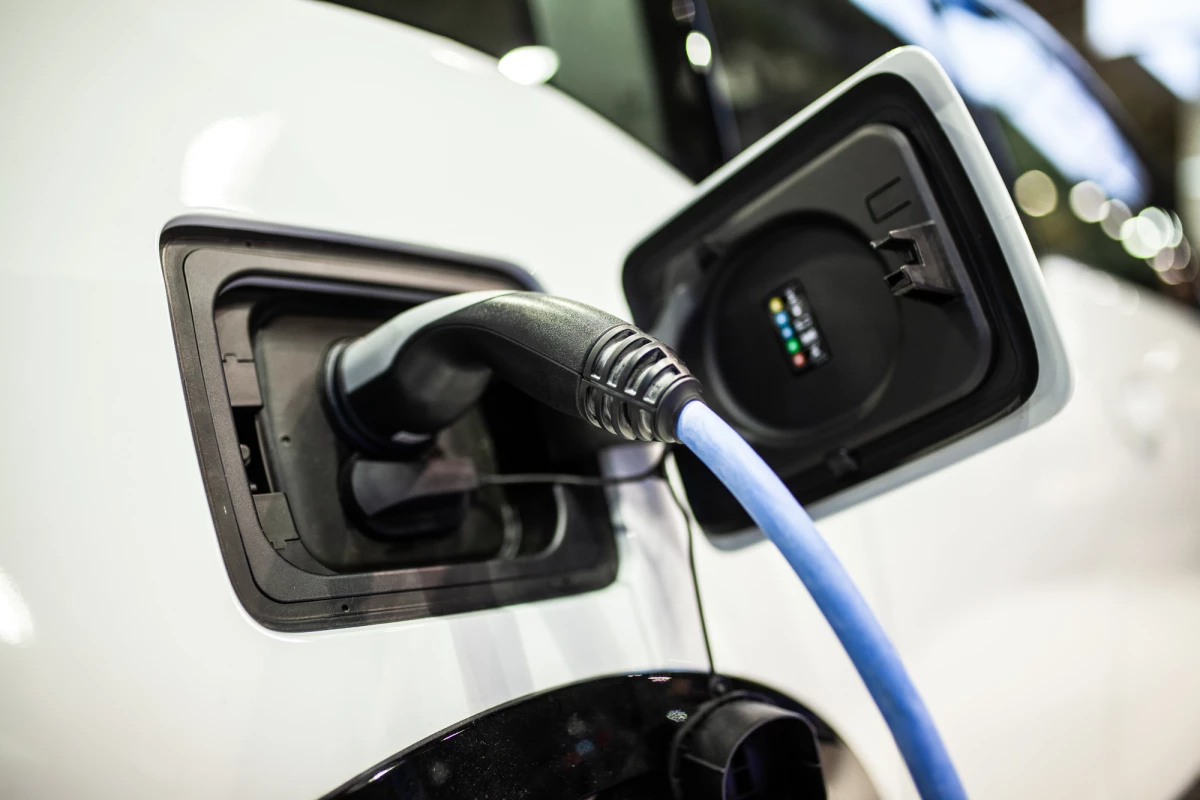Limiting how long electric vehicles need to be plugged in for before returning to the road is an important factor in driving their adoption, and much research focuses on reducing these charging times. A new advance leverages an alternative cooling technology to take the heat out of the charging cable, allowing it to handle the type of current needed to charge up an electric car in under five minutes.
The rate at which an electric vehicle can be charged is guided by the current the charging cable can handle (among other factors), and with a greater current comes greater amounts of heat. Today's solutions rely on liquid-cooling systems, like those used in computers, to prevent the wires within the cable from overheating, but these systems can't be expanded to accommodate higher currents for fast-charging without the cable becoming cumbersome and difficult to handle.
Scientists at Purdue University have been exploring an alternative cooling system for such applications, based on what's known as the "flow boiling." This sees a specialized liquid pass by a heat source and brought to a boil, generating bubbles of vapor that flow past the heat source and are then condensed back into liquid form that is recirculated continuously through the closed system.

According to the team, which has been working on this liquid-to-vapor cooling technology for 37 years, systems that capture heat using both liquid and vapor forms are capable of removing more than 10 times more heat than systems relying solely on liquid cooling. This means the technology could be integrated into an EV charging cable with a far higher current without necessarily expanding its size. The purpose of this new study was to explore how the technology could be applied to such applications.
“The industry has a gap in knowledge and expertise needed to switch from pure liquid cooling to liquid phase change cooling," says leader of the research Issam Mudawar. "How do you design the system? What type of equations do you use to optimize it? But we do have this knowledge through our extensive research."
Mudawar and his team worked a liquid-to-vapor thermal management system into a prototype EV charging cable, which they report can remove 24.22 kW of heat. This allowed it to handle a current of more than 2,400 amps, well above today's state-of-the-art solutions that offer up to 520 amps and far exceeding the most widely available chargers running less than 150 amps. Based on their experiments, the scientists say the technology could charge electric vehicles in five minutes, or perhaps even less.

“The industry doesn’t really need EVs to charge faster than five minutes, but we think we can increase the current even more by modifying both the state of the incoming liquid and the design of the cooling space around the conductor wires in the charging cable,” Mudawar says.
The team is yet to test the technology on an actual EV, only demonstrating the cable's potential in laboratory experiments simulating the environment of a charging station. The project is entirely forward-thinking in the sense that both the EV battery and power supply would need to also be rated to 2,500 amps for the cable to function, though the team plans to work with manufacturers to test it on EVs within two years.
You can check out a video explainer on the technology below, while the research was published in the International Journal of Heat and Mass Transfer.
Source: Purdue University




